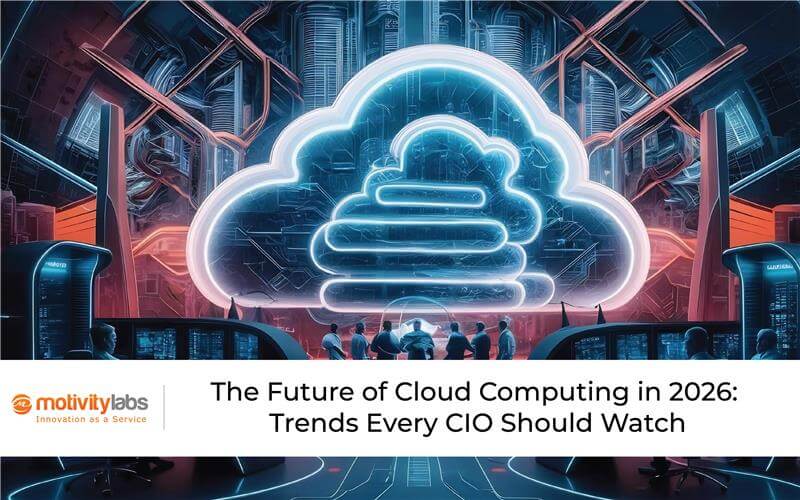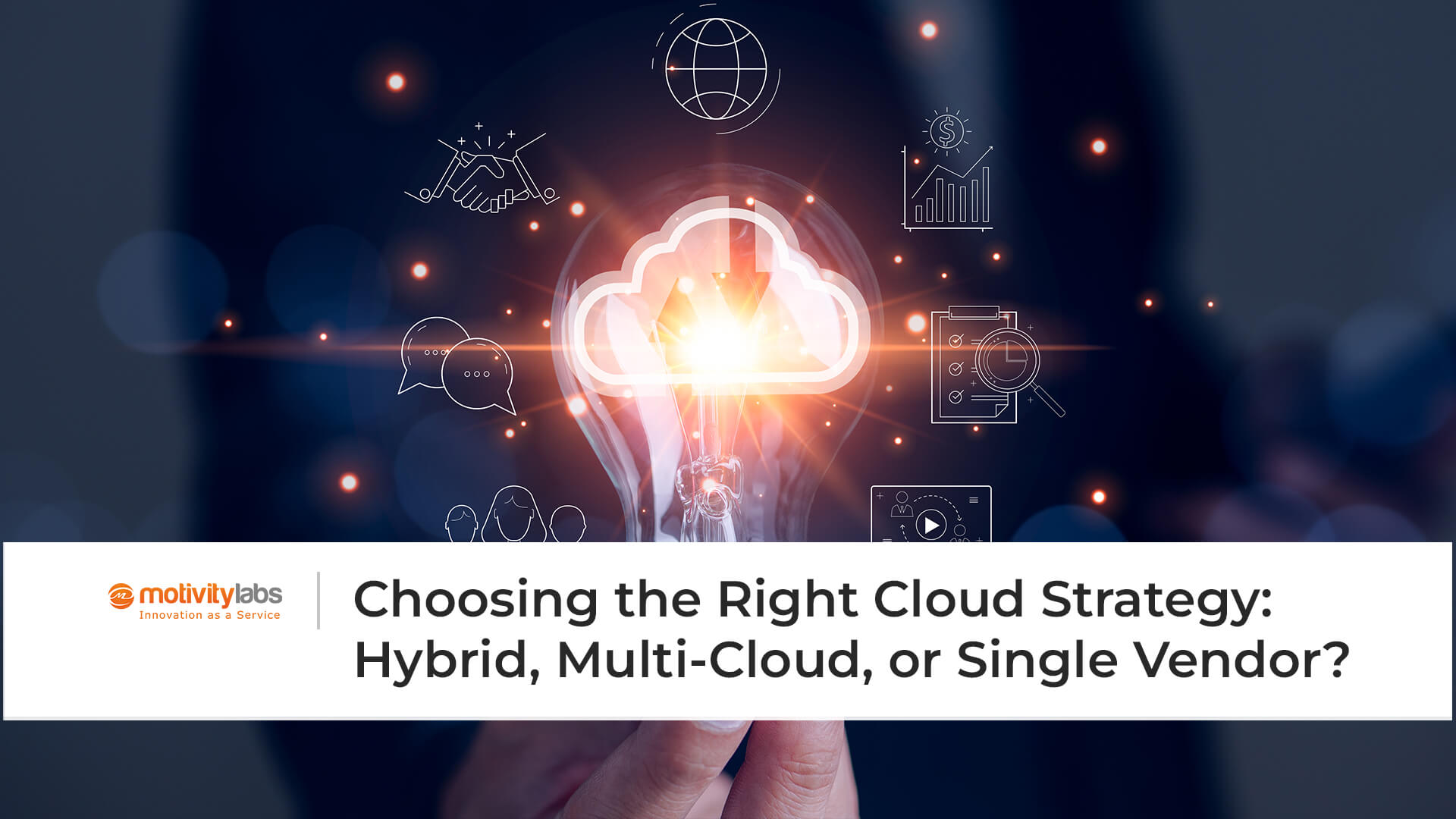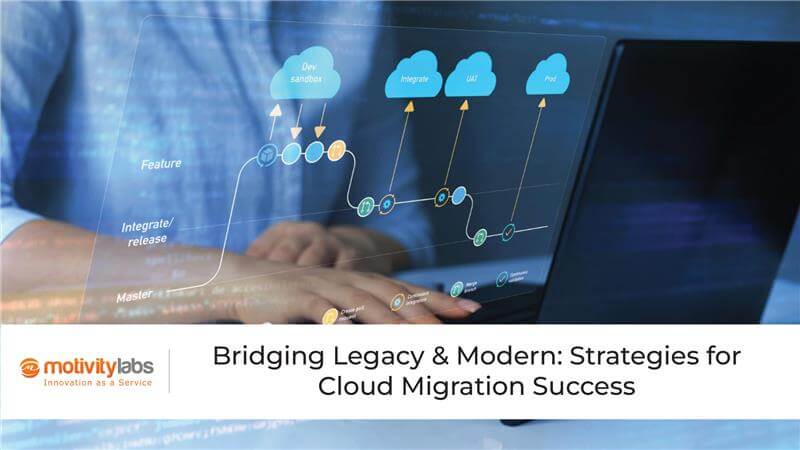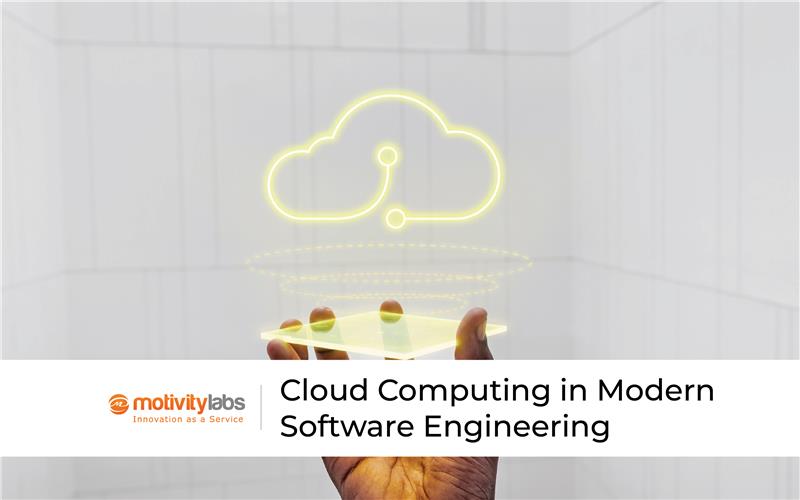What if your cloud could think, adapt, and defend itself?
What if ‘migration’ wasn’t the finish line, but the first checkpoint in a race toward intelligence, resilience, and automation?
In 2026, these questions won’t sound futuristic- they’ll define how enterprises survive digital disruption. The future of cloud computing isn’t just about storing data or scaling workloads; it’s about reinventing the enterprise nervous system itself. CIOs are no longer gatekeepers of infrastructure- they’re architects of agility.
So, what will separate tomorrow’s leaders from laggards? Let’s look at the cloud trends every CIO needs to watch- and act on before the future arrives.
1. Cloud Modernization: Refactor, Re-architect, Reimagine
The era of “lift and shift” is over. In 2026, true advantage lies in cloud-native, composable architectures that flex with business needs. Legacy monoliths must evolve into microservices, containers, serverless functions, and event-driven systems that enable speed without sacrificing control.
According to Gartner, over 95% of new digital workloads will be deployed on cloud-native platforms by 2026
CIOs who treat modernization as a continuous cycle — not a one-time event- will unlock scalability, agility, and cost efficiency that static architectures can’t match.
Refactoring legacy systems won’t be easy — but neither is standing still while competitors innovate faster. The goal is not just migration, but transformation.
2. Hybrid & Multi-Cloud Adoption: The Default Mode
By 2026, hybrid and multi-cloud won’t be strategic buzzwords — they’ll be survival imperatives. The “one cloud fits all” model is dead. The modern enterprise must balance performance, sovereignty, and flexibility across diverse environments.
- Gartner projects that 90% of organizations will have hybrid cloud deployments by 2027, making multi-cloud the dominant architecture.
- With global cloud spending expected to hit $723 billion in 2025 — up 21.5% year-over-year — cost optimization and vendor diversification will be top of mind.
But with great flexibility comes complexity. CIOs must tame fragmentation through unified control planes, consistent identity management, and orchestration frameworks. The future belongs to those who can blend clouds into a seamless, secure fabric.
3. AI Integration in Cloud: From Add-On to Default
In 2026, AI won’t just live in the cloud — it will be the cloud.
Cloud providers are embedding AI into every layer: from infrastructure automation to predictive scaling, anomaly detection, and governance.
This shift redefines how enterprises manage workloads. Instead of manually optimizing resources, AI will dynamically tune performance, cost, and energy efficiency. For developers, this means fewer constraints; for CIOs, faster decisions backed by predictive insights.
Gartner highlights AI as one of the key forces shaping the future of cloud, emphasizing that AI-driven automation will become a standard feature across cloud ecosystems by 2026.
To stay ahead, CIOs should prioritize AI-native tools, automated observability, and intelligent cloud management platforms.
4. Security-First Cloud Strategy: From Perimeter to Posture
As digital perimeters blur, security must move from defense to design. The cloud of 2026 demands a posture-first mindset — continuous verification, proactive monitoring, and identity-centric protection.
- Global cybersecurity spending is forecasted to surpass $240 billion in 2026, a 12% jump from 2025.
- This isn’t just a reaction to threats — it’s a reflection of evolving enterprise DNA. Security is now an operational layer, woven into CI/CD pipelines, access models, and runtime environments.
CIOs must implement zero-trust frameworks, automate compliance reporting, and use AI-driven analytics to detect and neutralize threats in real time. The message is clear: in a world of cloud-native risk, speed of response defines resilience.
5. Putting It All Together: Strategic Moves for 2026
To turn these trends into an advantage, CIOs must align technology with strategy:
- Modernize Relentlessly – Re-architect for agility; containerize critical workloads; embed observability and automation.
- Unify the Multi-Cloud – Adopt orchestration layers, standardize identity, and monitor cross-cloud performance.
- Operationalize AI – Integrate AI in monitoring, analytics, and decisioning, and balance automation with governance.
- Adopt a Security Posture Mindset – Make zero trust the baseline; automate threat detection and policy enforcement.
In The End
The future of cloud computing in 2026 isn’t a distant horizon — it’s already unfolding. Enterprises that cling to static models will struggle; those that modernize, integrate AI, and embed security into every cloud layer will thrive.
For CIOs, the challenge is both technical and philosophical: how to architect a cloud that doesn’t just run the business but thinks with it.
Because in 2026, the smartest clouds won’t just store data — they’ll shape decisions.



